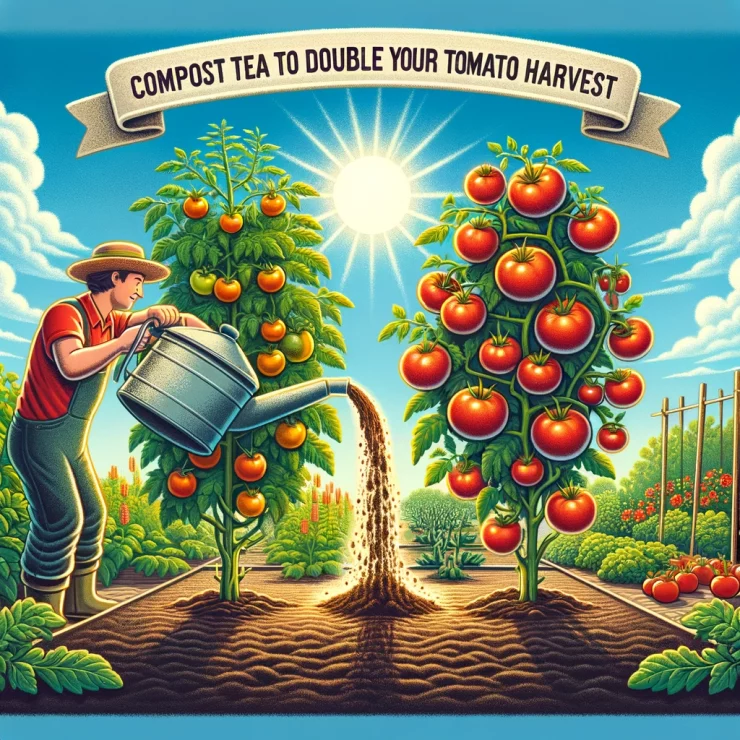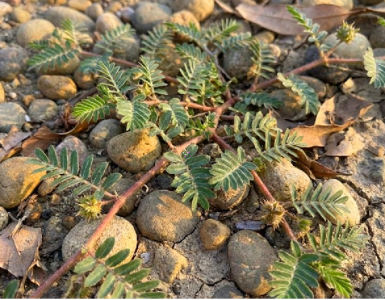Tomatoes are one of the most beloved crops in home gardens, cherished for their versatility and flavor. However, achieving a bountiful tomato harvest requires more than just planting the seeds and hoping for the best. One highly effective method to boost tomato yields is by incorporating compost tea into your gardening routine. Compost tea is a nutrient-rich liquid fertilizer that provides plants with essential nutrients and beneficial microorganisms, promoting healthier growth and increased yields. In this article, we’ll explore the step-by-step process of making and using compost tea to double your tomato harvest.
Step 1: Gather Your Materials
To brew compost tea, you’ll need the following materials:
High-quality compost: Use compost made from organic matter such as kitchen scraps, yard waste, and plant debris.
Water: Choose chlorine-free water, as chlorine can harm beneficial microorganisms.
Aeration system: This can be an aquarium pump with air stones or a compost tea brewer specifically designed for this purpose.
Molasses or another sugar source: This provides food for the beneficial microbes in the compost.
Optional additives: You can add additional nutrients such as seaweed extract or fish emulsion for extra plant nutrition.
Step 2: Prepare the Compost Tea Brewer
If you’re using an aquarium pump, attach the air stones and place them in the bottom of a large container. Fill the container with water, leaving some space at the top for the compost. If you have a compost tea brewer, follow the manufacturer’s instructions for setup.
Step 3: Add Compost and Molasses
Fill a mesh bag or a burlap sack with compost and tie it securely. Place the compost bag in the container of water. Add molasses or another sugar source to the water to feed the beneficial microorganisms in the compost.
Step 4: Brew the Compost Tea
Turn on the aquarium pump or start the compost tea brewer to aerate the water. Aerate the compost tea for 24 to 48 hours, stirring occasionally to ensure even distribution of nutrients and microbes. The tea is ready when it has a rich, earthy smell and has turned a dark, amber color.
Step 5: Strain and Dilute
Once the compost tea has finished brewing, remove the compost bag from the container. Strain the liquid through a fine mesh sieve or cheesecloth to remove any remaining solids. Dilute the compost tea with water at a ratio of 1:4 or 1:5, depending on the strength of the tea and the sensitivity of your plants.
Step 6: Apply to Tomato Plants
Pour the diluted compost tea directly onto the soil around your tomato plants, making sure to saturate the root zone thoroughly. You can also foliar spray the compost tea onto the leaves of the plants for added nutrient absorption. Apply compost tea once a week throughout the growing season, starting when the plants are young and continuing until harvest.
Step 7: Enjoy the Results
By regularly feeding your tomato plants with compost tea, you’ll notice healthier foliage, stronger stems, and increased fruit production. The beneficial microorganisms in the tea help improve soil structure, suppress disease, and enhance nutrient uptake, leading to a bountiful harvest of juicy, flavorful tomatoes.
Compost tea is a simple yet powerful tool for doubling your tomato harvest. By harnessing the natural fertility of compost and the beneficial microbes it contains, you can enrich your soil, promote plant health, and maximize yields. Follow the step-by-step process outlined in this article to brew and apply compost tea to your tomato plants, and reap the rewards of a plentiful harvest all season long.






Add comment